Mirage Hobby 1/48 PZL.37B Łoś
The Łoś featured retractable main undercarriage, which retracted into purpose-built alcoves located within the engine nacelles.
Offensive payload was interestingly spread across a two-section bomb bay set within the fuselage (providing space for up to 4 bombs) and a total of 8 compact bomb bays located in the central section of the wings (which had space for a maximum of 16 bombs).
The Łoś was extensively used in the defense of Poland during the rapid invasion of Poland by Nazi Germany in September 1939. On 1 September 1939, the Polish Air Force had roughly 86 PZL.37s in total, but less than a half of those actually saw active combat use due to aircraft being used by training units, being in maintenance, or having been held in reserve.
It suffered from a high attrition rate, due to lack of fighter protection, with the final Polish combat missions performed on 19 September. During October 1940, 26 or 27 aircraft that had been evacuated from Poland were seized by the Romanian government, with 23 of them subsequently used by the Royal Romanian Air Force, including offensive missions against the Soviet Union.
Over 120 were built with, sadly, none (but a replica) surviving today.
Mirage Hobby introduced this kit more than 20 years ago. Though all-styrene, it still is a challenging kit to put together.
Should you like to read the full build review, you may do so by visiting my beloved site Modelingmadness:
https://modelingmadness.com/review/allies/pol/pen37.htm
Happy modeling!
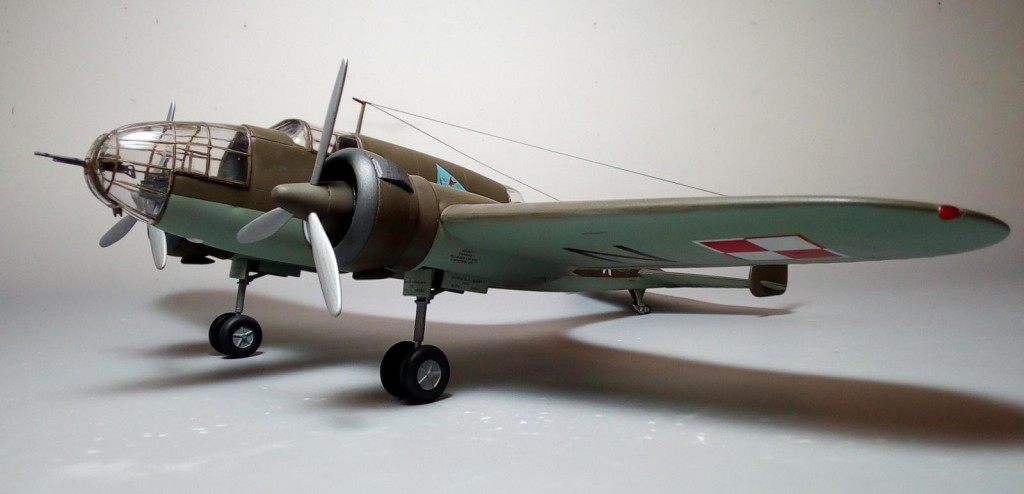
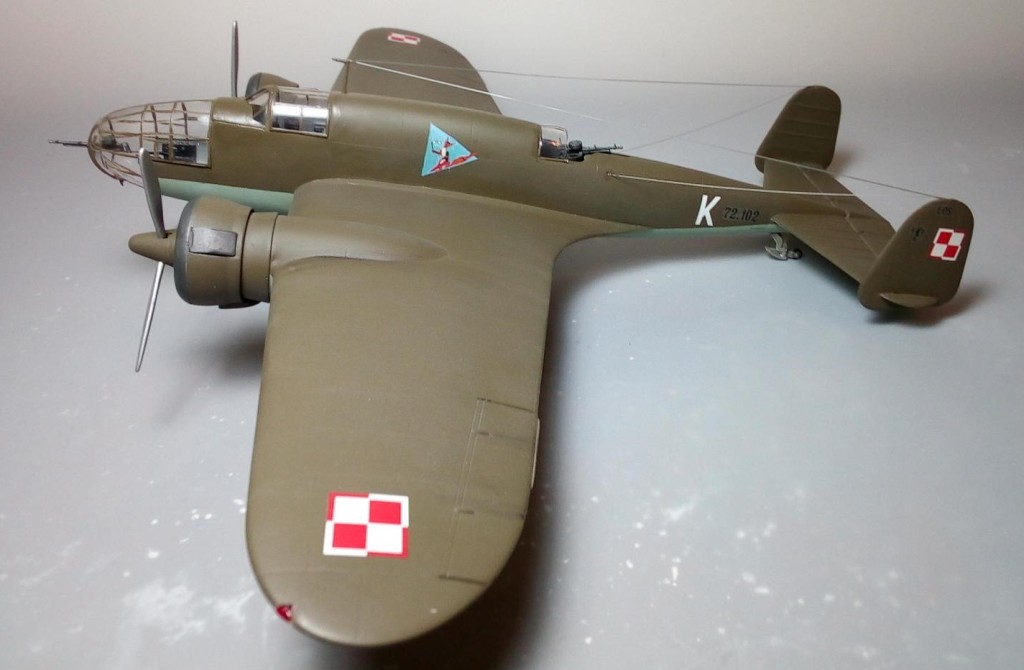
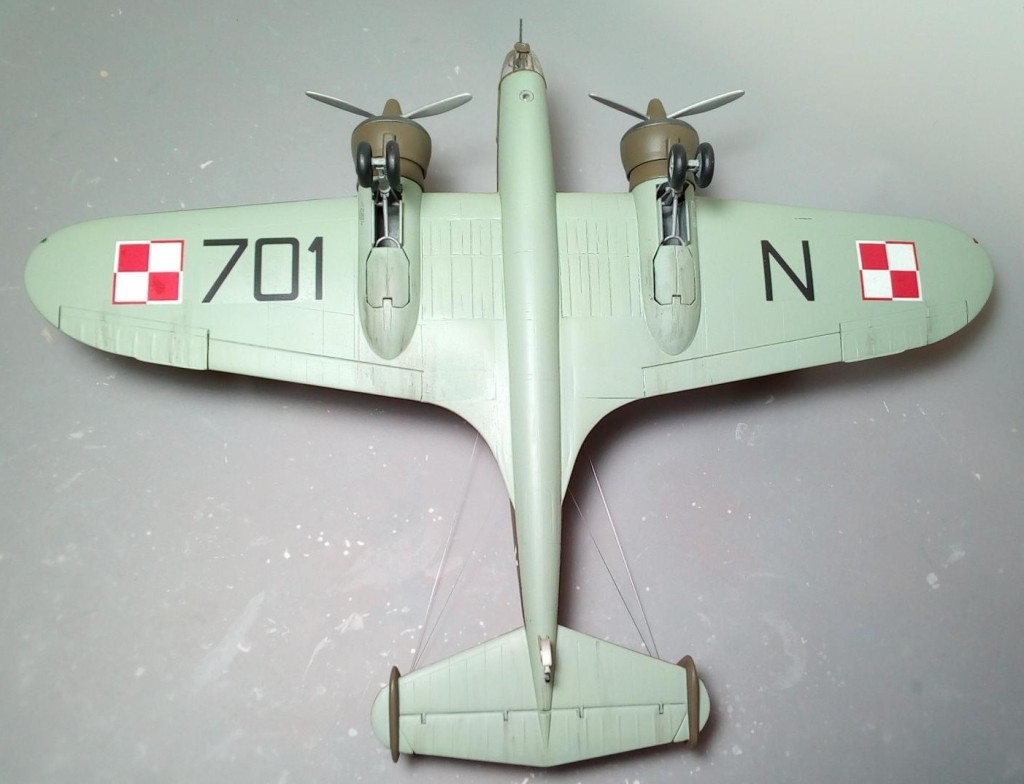

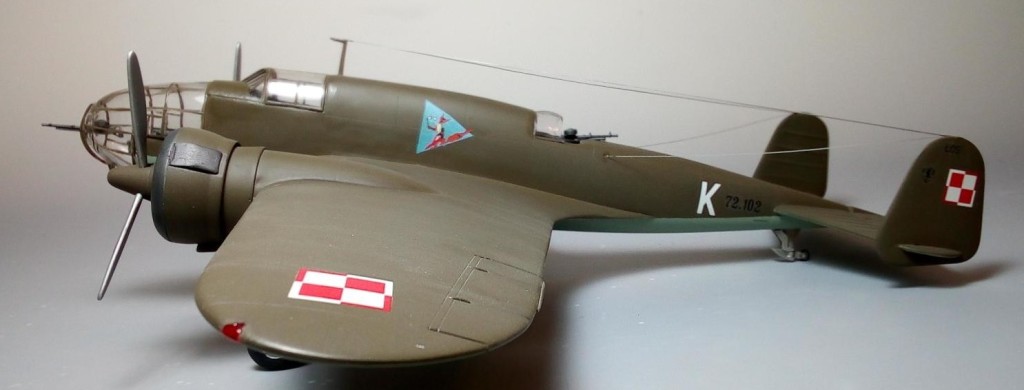
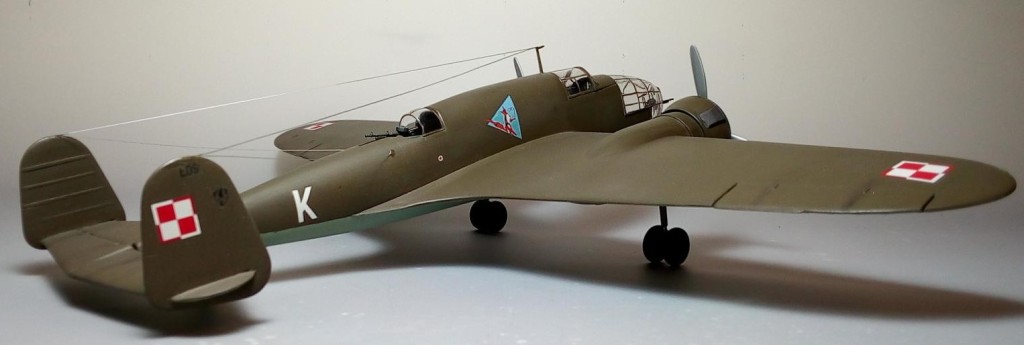
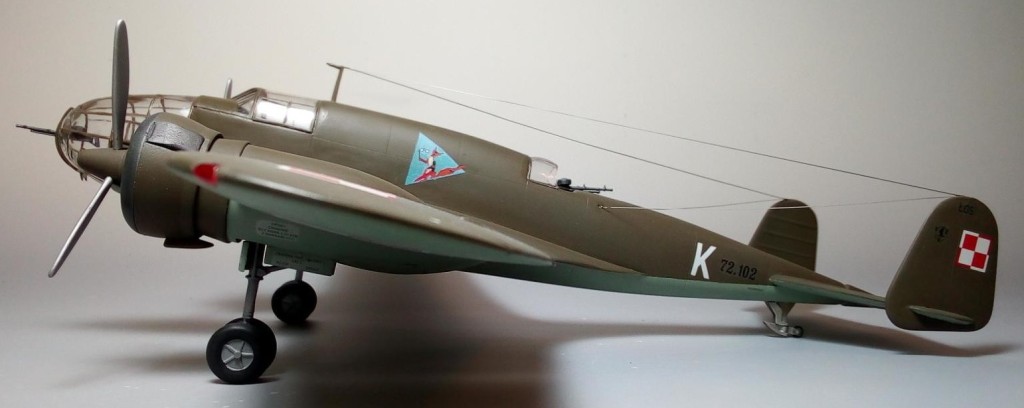
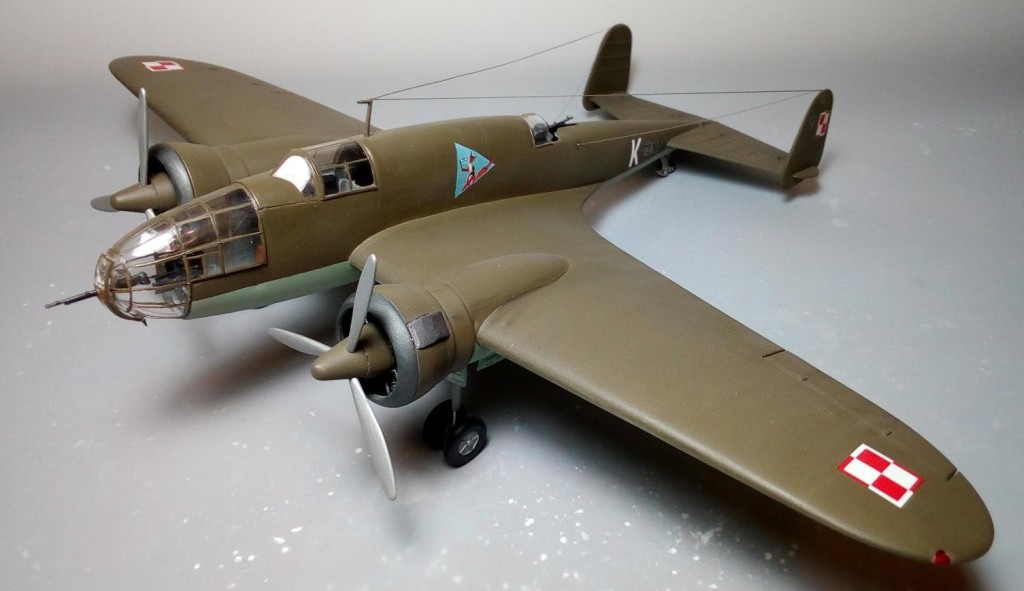
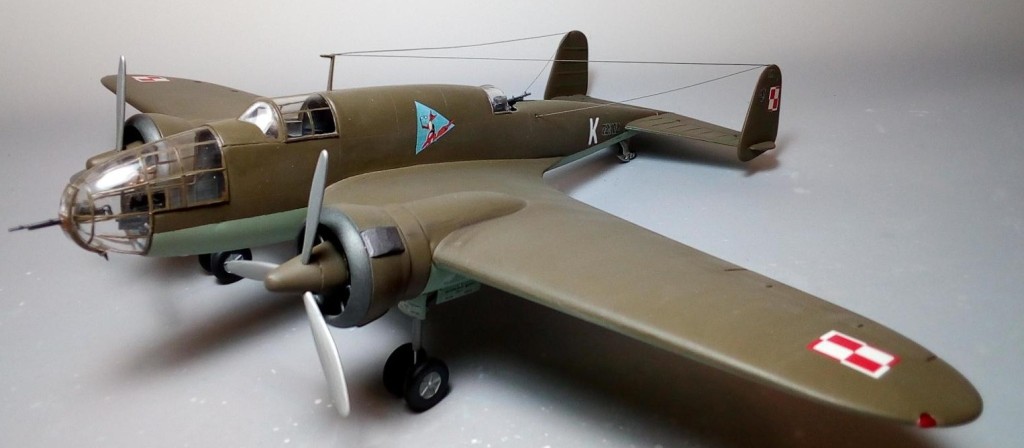


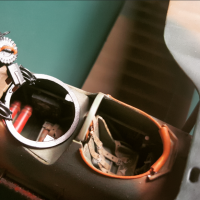
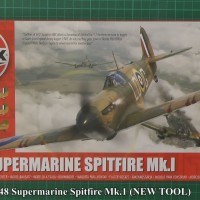
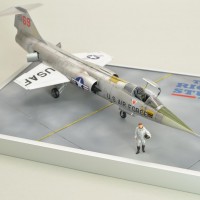
Wow, thanks for sharing this rare and unusual bomber Spiros @fiveten! ? That's a great looking plane and a superb model. Thanks for a good bit of history as well! ?
Thanks my friend @garybrantley!
Great looking build and write-up, Spiros. This was a good warplane for 1939.
The original and inaccurate history of the Polish aerial campaign is finally being put to bed. Polish army air units fought valiantly in the air for about 2 weeks, and were not caught on the ground, as the early WW2 histories (and Nazi propaganda) stated.
Thanks for helping to set the historical record straight. I think modelers are assisting in re-thinking, and re-writing some of history's early bad takes.
Thanks my friend @bobd56az! It is true that, as years pass, more and more historical facts emerge, complimenting or even changing our "historical" perceptions.
Looks fantastic! very unique subject. Great build, nice and clean. Thanks for sharing
Thanks my friend @dbutlr!
Amazing build, Spiros @fiveten.
Despite this kit's age, your performed extremely well in creating a nice looking build.
Not so often seen indeed.
Thanks for sharing the background information of this aircraft and the kit.
Thanks my friend @johnb!
Nice one. Polish planes are a rarity in the model World.
Well done and interesting history.
Thanks my friend @bernardbedeur!
Nice model of a rarely seen plane.
Thanks my friend @dbdlee! I was considering to attach the transparencies at early stages and blend them, but they were too unconformal and I chickened...
Great work on a very cool plane Spiros!
Thanks my friend @dtravis!
Spiros, @fiveten
This is the first time I can recall seeing one of these models built. They just don't get built that often it seems. I'm sure that some have a kit or two in their stash however. You did a magnificent job with it, as you always do. I especially enjoyed reading the article. I commend you on having it posted on M2 as well. It looks VERY nice. Well done my friend. I will be sure to check the "like" box before I sign out.
Thanks my friend @lgardner! Indeed, not many are built. Although some how an esoteric subject, it nevertheless is an important piece of aviation history!
Another great build, Spiros @fiveten. Always like what you bring to show.
Thanks my friend @gwskat!
Very nice! I love the unusual subjects you often pick. Keep them coming!
Thanks my friend @gkittinger!
Fantastic work Spiros. You did it proud!
Thanks my friend @michaelwoodgate!
First class build, Spiros. The PZL. 37 is a really elegant airplane. It's obvious from its streamlining that it was very advanced for its time. Very smooth finish and subtle paintwork. That's some complex rigging you had to do for the antennas.
Thanks my friend @coling! Yes, there were quite a few antenna wires there!
Great work on a not-so-great kit (the fit of which defeated me). Really nice result. You definitely "have a way" with kits like this.
Thanks my friend @tcinla!
Looks great, Spiros! Interesting aircraft and narrative.
Thanks my friend @roofrat!
Another unusual model from you, Spiros, although advanced in some ways for its time not altogether an outstanding success. However you’ve used your skill as a model maker yet again and presented us with with a great post, thanks for sharing.
Thanks for all kind words, my friend @chinesegeorge!
Really great job with such an old kit @fiveten. I’m am saddened none remain other than the 1 replica. Would have been interesting to see in person.
Thanks my friend @greenterrorz! Yes, it would be grest if a real one survived!
Excellent work on a great subject, Spiros!
Thanks my friend @j-healy!
@tcinla
@bernardbedeur
@lgardner
Louis Gardner
@dbutlr
@lgardner1
@lgardner1
@lgardner2
@dbutlr0
@dbutlr1
@dbutlr0
@dbutlr1
@dbutlr0
@dbutlr1
@lgardner1
My son, seeing your article, shouted. Papa, Papa, someone built the Moose! It's great that you have built such a model! I'm impressed! In 1:72 scale it was the first model I built in my life. Currently it's quite an old set, but I have it in stock. I don't think I will build it anymore (I will throw it away sooner), but if you would like or would like another forum member, I can give it to build.
Clarifying the story. There were two combat squadrons: X ( old number 210) and XV (old number 215). Each had two flight a' 9 planes. It was a total of 36 aircraft which, together with the P.23 light bomber squadron, attacked the XVI Armored Corps on the way to attack Warsaw. Łoś was extremely successful for a poor country like Poland, with a limited technical potential. However, the plane was not without its flaws. It had no armor and no self-sealing fuel tanks. The defensive armament was quite small because it consisted of only three Vickers 0.303 machine guns. Worse, the plane was used as an assault plane, for which it was not built. The activities were mostly harassing, low-altitude bombing using three-plane wrenches or single machines as there was no hunting cover. The last combat mission is carried out on September 13, and on September 17/18, the 19 survived planes from 210 squadron crosses the Romanian border in the face of the Soviet invasion of the eastern lands. The training squadron also crossed the border, carrying about 26-27 aircraft. The planes were then included in the Rumanian Air Force. in 1946, the communist authorities of Poland decided not to return the last operational P.37 as a relic of pre-war Poland to a museum and it was scrapped in romania.
Out of less than 100 machines produced, only 40 were ready for combat tasks, i.e. armed and equipped. In addition, as part of the paint additions, 14 machines were armed and equipped during German invasion at Małaszewicze Airport and send as replacements (it appears with the image of airplanes later in the well-known German propaganda film about the invasion of Poland).
The plane was difficult to pilot, it was easy to stall. Engine failure at full load at take off was a disaster. The plane went to the ground like a stone. There was no communication between the crew members (no intercom). Due to the fact that they were operating from field airfields, the planes could not take two 300 kg bombs into the fuselage. Only 18x110 kg (less than 250lbs each) wing bombs were taken. The way the planes were used and the losses of up to 50% prove that the command was completely unable to use them for the tasks they were intended (strategic bombing). Which also proves that in the nature of the actions of 1939 they were practically unnecessary, and the cost incurred in their production and development inhibited the introduction of the P-24 fighter, which could actually prove itself in defending the Polish sky.
PS. I miss your build thread about P.37 😮
What a great history, my friend @lis! The details are really amazing, one of the many things I love in modeling, learning about the machine I build, especially after inspiring friends who come to add to the knowledge.
Excellent work sir
Thanks my friend @markh!
Well done Spiros, nice job on a very rarely seen model. In fact I've never seen one built, and hats off to Lis for the additional history lesson.
Thanks my friend @tom-bebout! Yes, the historical part of @lis was unrivalled!
There is one replica of P.37, build ten years ago in Mielec Factory. Also exist one engine from P.37 in Krakow Aviation Museum.
http://www.samolotypolskie.pl/samoloty/14099/126/PZL-37-los-replika2
Some parts were found during excavations, probably at the Małaszewicze airport, but also in places where the shot down Łosie had crashed, and it was confirmed here.
I checked and correct squadron numbers.
Thanks my friend @lis!
Nice job Spiros, this came out great. Plus, great read at MM. I have this but in 1/72 waiting to get build.
Thanks my friend @v1pro!
Looking forward to your build!
Very nice job. I built it 10 years ago and enjoyed every moment. 🙂
Thanks my friend @paulwoodyvanacker!
Any pics?
Very nice fit and finish on this project, Spiros. And modeling is a great way to learn history!
Thanks my friend @robgenev665!
Yes, modeling is a great way to learn history!
I read that your plane 72.102 was used by Romanian Air Force under number 206.
This is great information, my friend @lis! So much history behind those planes!
It's great for me that Polish crew survived 🙂
I have one more point for the future. The upper chessboards should be asymmetrically arranged. This was due, at least in theory, to the confusion of aiming between two hallmarks by an enemy fighter.
"Copied" for the next build, my friend @lis!